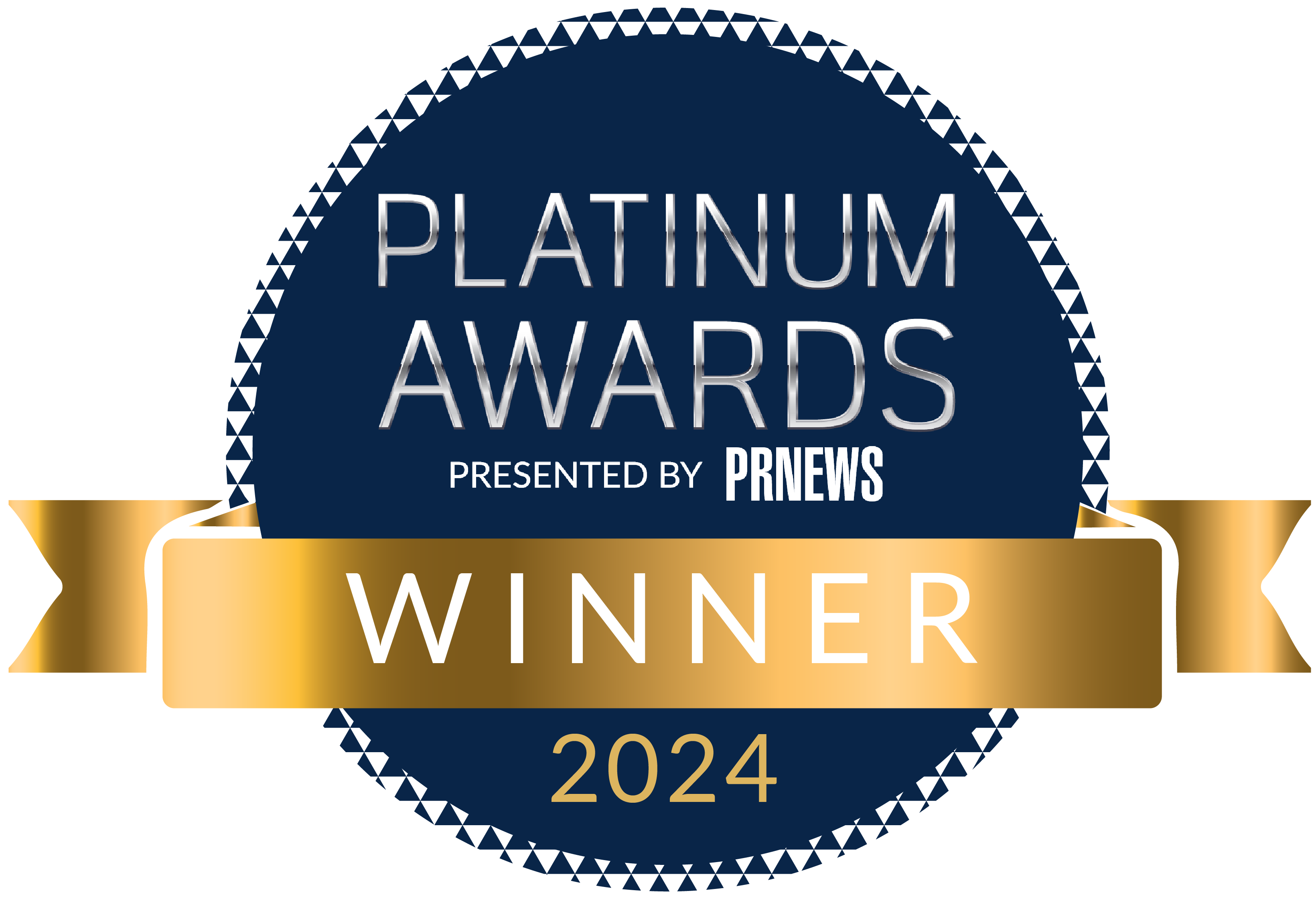2020 brought change to a multitude of industries, forcing decision makers across businesses of all kinds to reassess operations and how they can optimally continue within our “new normal” business environment. This is especially true for the live events industry, forced to shut down quickly last spring and figure out on the fly how to produce an equally dynamic but totally virtual experience for attendees.
For some, the challenge was too great and they cancelled with an eye toward 2021. For others, virtual events were constructed quickly and with growing pains, but the community was able to at least somewhat come together to showcase innovation like in years past. Just as companies were met with the challenge of organizing virtual events (some for the first time ever!), their PR firms were too.
FischTank has helped clients optimize their PR for events both before and during the pandemic, and while we’ve also had to adjust strategy, our tried and true tips still ring true.
Be social on social!
Using social media pre-, during, and post-event can be your most valuable asset. It’s a tool that ultimately does the work for you and amplifies the buzz around your client’s event through the sharing of pertinent information with followers and anyone coming across your client’s page or relevant hashtags. In addition to preparing attendees for event day, posting pre-event engages individuals that may not have been aware of the event otherwise by linking to event agendas, speaker updates and important event day directions for navigating the virtual platform your client will be using. Especially in a time of all-virtual events where there is no in-person information table for attendees to go to, social media becomes your de facto source for important event information in real time.
While social media does an exceptional job spreading key information about your client’s event, it can also be used to recruit more followers on your client’s social accounts and increase the number of event attendees. Searching for keywords that are relevant to your client’s company or organization and taking advantage of the direct messaging features on Twitter, Instagram or Facebook gives you the ability to reach a new pool of people that you may not have come across otherwise, as well as drives traffic to your client’s social accounts. While it can take more time, this one-on-one outreach has proven to engage new attendees and drive registration.
A well known strategy to keep in your back pocket.
Conducting media outreach pre-event is vital in gaining attention, as it’s another way to spread news about your client’s event other than social media. Here, you will have the opportunity to pitch out information regarding notable event speakers and their discussion topics and stand out virtual event features and information about your client, giving you the chance to attract local media and reporters covering topics relevant to the event. This can ultimately lead to the presence of media at the event itself and the success of securing a story post-event. But remember, it doesn’t have to be a full editorial article to have an impact! Getting your event listed in relevant event calendars can also increase registration.
Another tip to remember is to pitch early AND plan early. All of your hard work won’t pay off unless you strategically develop your PR for events campaigns months ahead of the event. This is also done as a way to ensure that the reporters or editors you are pitching are able to attend the event with enough of an advanced notice.
Don’t underestimate the power of email marketing.
On top of being a great tool that you can use for pre- and post-event promotion, email marketing is a reliable resource that builds stronger attendee/customer relationships, increases the excitement towards an upcoming virtual event and keeps an event fresh in the minds of attendees in the months leading up to the big day.
When planning an event over the course of multiple months, you can expect registered attendees to forget about event dates and important information as the event nears. This is where sending out an email once and maybe even twice a week can make a significant difference in how many people attended the event and extends your client’s reach as well as attendee trust. Knowing your client’s company or organization will have their back with relevant information such as discussion topics, directions for accessing the chosen virtual event platform and warnings for sign up deadlines, will enhance attendee experience and loyalty.
Email marketing is also an effective way to help you and your client collect feedback, keeping a close eye on customer experience post event. Through event and platform experience surveys, your client will be able to gage the success of the virtual platform used as well as the organization of the event itself. Positive or negative, attendee survey feedback can be one of the most important types of information received post-event. In addition to how the success of the event is measured, it’s the biggest indicator of how much value attendees saw in the event and if they’d attend again.
Whether you’re hosting an in person or virtual event, these three PR for events strategies will come in handy to help you navigate the process of creating a well attended and highly memorable event for your client and the event attendees.




